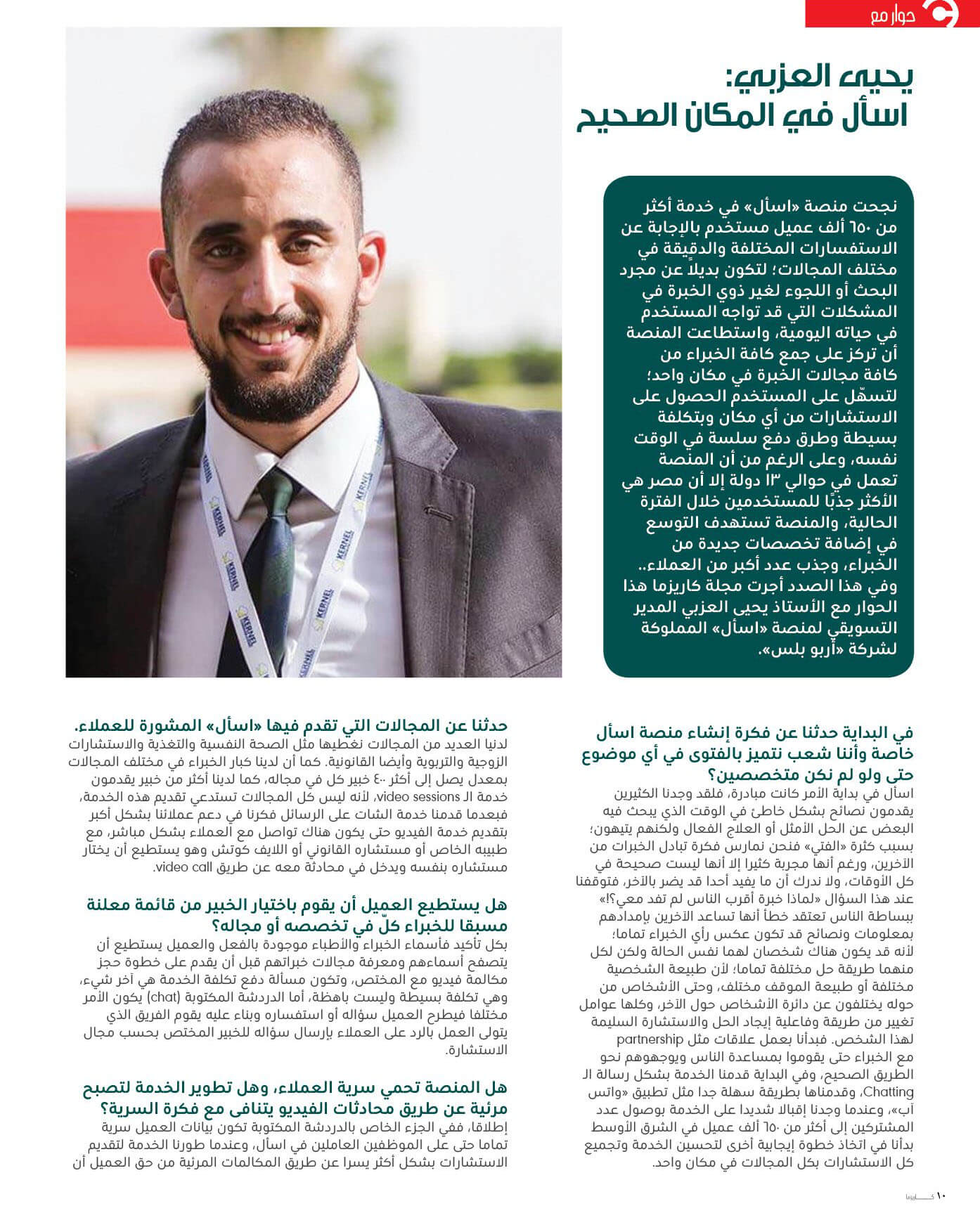
Seasonal Affective Disorder: Understanding Myths and Facts
Seasonal Affective Disorder (SAD), commonly referred to as seasonal depression, is a type of depression that occurs in relation to seasonal changes. Most often, symptoms manifest during the fall and winter months and typically diminish with the arrival of spring and summer. While it may seem like a temporary issue, SAD has a profound impact on those affected, necessitating a deeper understanding and targeted care.
Causes of Seasonal Affective Disorder
Several biological and environmental factors contribute to the development of SAD. Key causes include:
1. Reduced Exposure to Sunlight: During the winter months, shorter daylight hours lead to decreased exposure to natural light. This reduction can negatively affect serotonin production, a neurotransmitter that plays a crucial role in mood regulation, often resulting in feelings of depression.
2. Circadian Rhythm Disruption: The lack of natural light can disrupt the body’s internal clock, which regulates sleep and wake cycles. This disruption can lead to fatigue and depressive symptoms.
3. Changes in Melatonin Levels: Melatonin, a hormone that helps regulate sleep and mood, can also be affected by seasonal changes. Alterations in melatonin levels are believed to significantly contribute to the onset of seasonal depression symptoms.
Common Symptoms
1. The symptoms of seasonal depression can affect both psychological and physical well-being. Individuals may experience:
2. Persistent sadness and feelings of hopelessness.
3. A loss of interest in activities previously enjoyed.
4. Low energy and fatigue.
5. Altered sleep patterns, including insomnia or excessive sleeping.
6. Increased appetite, particularly for carbohydrates, which can lead to weight gain.
7. Difficulty concentrating or making decisions.
8. Feelings of worthlessness or despair.
Who Is Most Vulnerable?
While SAD can affect anyone, certain groups are more at risk:
- Women: They are statistically more likely to experience SAD than men.
- Residents of Northern Climates: Individuals living in regions with prolonged winters and limited sunlight are at greater risk.
- Family History: A background of depression or psychological disorders increases susceptibility.
- Young Adults: Symptoms often manifest during late adolescence or early adulthood.
Diagnosis and Treatment Options
Diagnosing SAD requires a careful assessment by a mental health professional to rule out other medical conditions that may present similar symptoms. Effective treatment options include:
1. Light Therapy: Light therapy is one of the most effective treatments for SAD. It involves sitting in front of a light box that emits bright light, mimicking natural sunlight, for 20-30 minutes each day.
2. Psychotherapy: Cognitive Behavioral Therapy (CBT) can help individuals identify and alter negative thought patterns, providing strategies to cope with symptoms.
3. Medications: In more severe cases, healthcare providers may prescribe antidepressants to help increase serotonin levels in the brain.
4. Physical Activity: Regular exercise, especially outdoors, can enhance mood and energy levels.
5. Increased Sunlight Exposure: Spending more time outside during daylight hours can help reduce symptoms.
Preventing Seasonal Affective Disorder
While some factors contributing to SAD are beyond our control, there are steps individuals can take to reduce their risk:
- Maintain a consistent sleep schedule.
- Engage in regular physical activity.
- Follow a healthy, balanced diet.
- Optimize daylight exposure, particularly in the morning.
- Create a bright and welcoming home environment.
To conclude, Seasonal Affective Disorder is more than just a temporary feeling of sadness during the winter months; it is a genuine psychological condition that requires attention and appropriate treatment. By raising awareness and understanding of SAD, we can better support those affected, helping them navigate its challenges and restore their psychological well-being.
Learn more about SAD and how to cope with it by booking a session with Dr. Ola Bahry, a psychologist and the article’s author, easily and securely through Esaal website: https://esaal.me/ar/book-session/Ola-Bahry?catId=14




